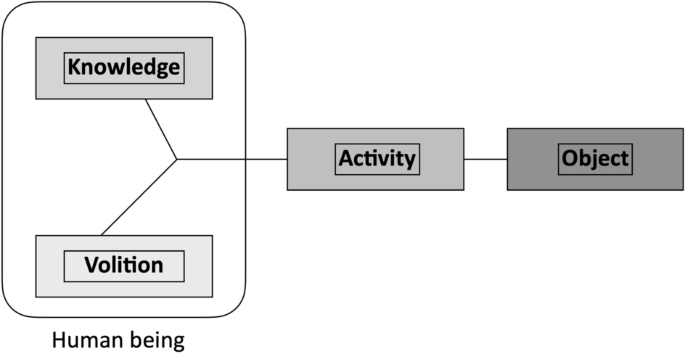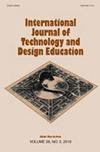小学生对技术表现形式的理解
IF 2.7
3区 工程技术
Q2 EDUCATION & EDUCATIONAL RESEARCH
International Journal of Technology and Design Education
Pub Date : 2023-09-25
DOI:10.1007/s10798-023-09850-w
引用次数: 0
摘要
关于学生对技术的感知和理解的研究表明,学生对技术的看法很狭隘:例如,学生经常把技术描述为人工制品或物体。本研究探讨在一系列科技课堂活动中,学生对科技如何表现的理解是如何扩展的。这项研究是在一所义务小学进行的,有8岁的学生。数据(视频和录音)是在小组互动和全班讨论中收集的。在互动中,学生们利用自拍照来可视化他们对技术表现形式的理解和感知:对象、活动、意志和知识(米查姆在《通过技术思考》一书中)。《工程与哲学之间的道路》,芝加哥大学出版社,1994年)。基于他们先前的知识,学生们将技术视为当代电子制品。当他们从事一个技术项目时,他们发展并扩展了他们对技术如何表现的理解,以及将不同的表现相互联系起来。研究结果表明,与仅单独讨论每种技术表现形式相比,学生对技术表现形式的理解更深入。本文章由计算机程序翻译,如有差异,请以英文原文为准。

Primary school students’ understanding of the manifestations of technology
Abstract Research on students’ perceptions and understanding of technology has shown that students have a narrow view of technology: for example, technology is often manifested in students’ descriptions as artefacts or objects. This study investigates the ways in which students’ understanding of how technology is manifested expands during a series of classroom activities in technology. The study was conducted at a compulsory primary school with eight-year-old students. The data (video and audio recordings) were collected in small-group interactions and in whole-class discussions. In the interactions, the students utilised self-taken photographs to visualise their understanding and perception of technology’s manifestations: object, activity, volition, and knowledge (Mitcham in Thinking through technology. The path between engineering and philosophy, The University of Chicago Press, 1994). Based on their prior knowledge, the students perceived technology as contemporary electrical artefacts. As they engage in a technology project, they develop and expand their understanding of how technology is manifested, as well as relate different manifestations to one another. The findings indicate that students achieve a more advanced understanding of technological manifestations compared to only discussing each manifestation of technology separately.
求助全文
通过发布文献求助,成功后即可免费获取论文全文。
去求助
来源期刊
CiteScore
5.30
自引率
19.00%
发文量
61
审稿时长
>12 weeks
期刊介绍:
The International Journal of Technology and Design Education seeks to encourage research and scholarly writing about any aspect of technology and design education. Critical, review, and comparative studies are particularly prominent, as are contributions which draw upon other literatures, such as those derived from historical, philosophical, sociological or psychological studies of technology or design, in order to address issues of concern to technology and design education.
One of the most significant developments of recent years has been the emergence of technology and design education as an integral part of general education in many parts of the world. Its distinctive curriculum features are technological literacy and capability and it highlights the importance of `knowledge in action'', of `doing'' as well as `understanding''.

 求助内容:
求助内容: 应助结果提醒方式:
应助结果提醒方式:


